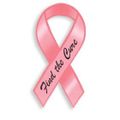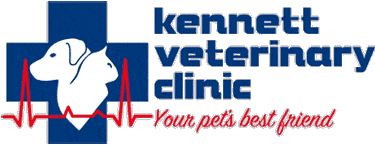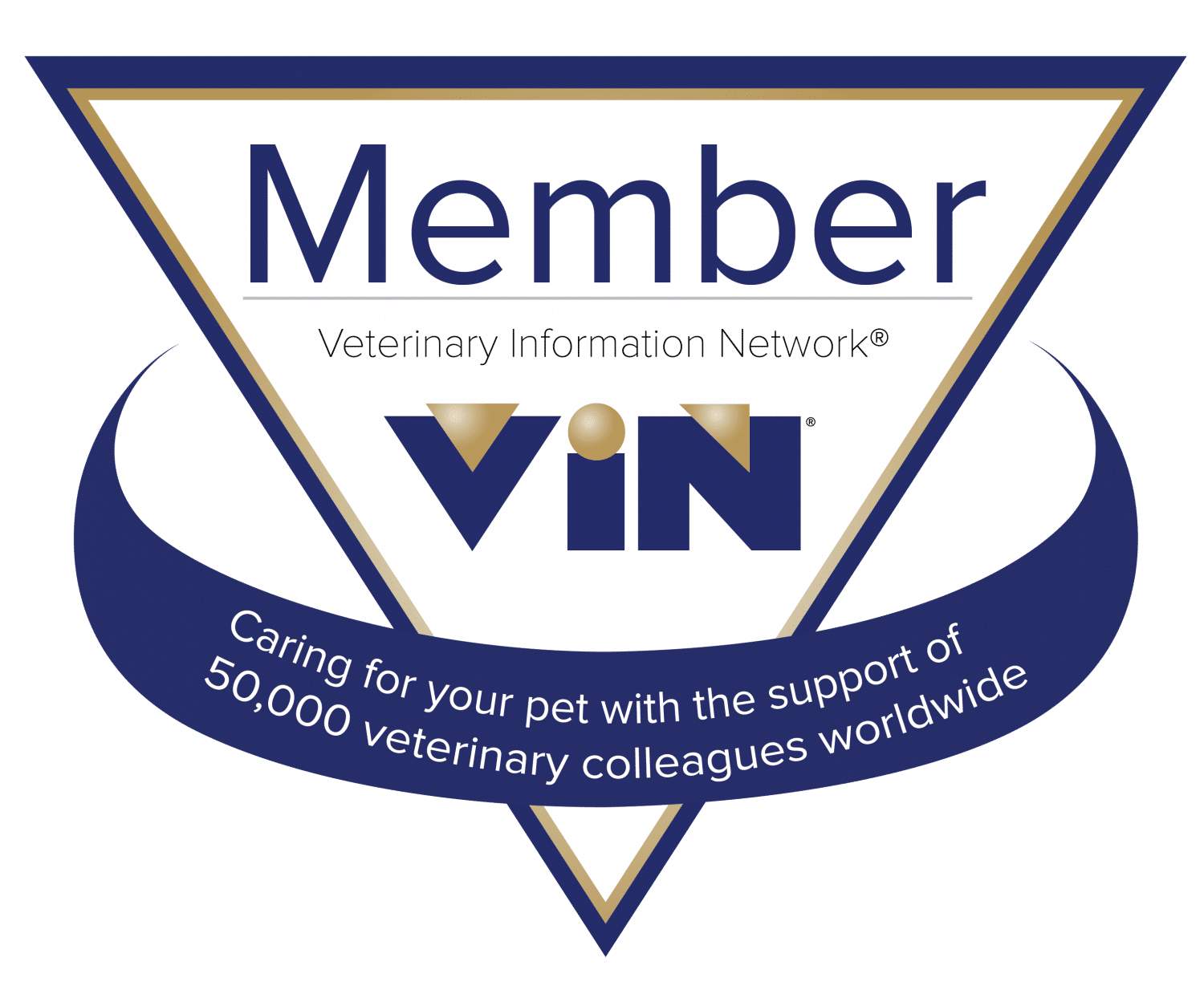 Back in 1978 when I graduated from veterinary school, there were still a lot veterinarians practicing what was called "fire engine" medicine. The farmer has one sick animal, so you drive right over to take care of that one sick animal. That's sort of analogous to "putting out a fire". This is my mentor and first employer, Dr. Dwight O. Creach. He and I spent half our time on the road, going from farm to farm. Even then, though, it was becoming apparent that this approach was not making economic sense.
Back in 1978 when I graduated from veterinary school, there were still a lot veterinarians practicing what was called "fire engine" medicine. The farmer has one sick animal, so you drive right over to take care of that one sick animal. That's sort of analogous to "putting out a fire". This is my mentor and first employer, Dr. Dwight O. Creach. He and I spent half our time on the road, going from farm to farm. Even then, though, it was becoming apparent that this approach was not making economic sense.
The trend was already turning away from running to tend one sick animal, and turning toward the “herd health” concept. If you have a limited number of dollars to spend on medical care for your livestock, you want to take the approach that will yield the greatest number of healthy, marketable individuals.
 I take my dollars and use them to set up pasture rotation, vaccination programs, de-worming programs, nutritional supplementation and other preventive medical procedures. If this doesn’t leave me enough dollars for the animals that get sick, I may have to just cull them out. If this program leaves me with an increased number of salable animals at market time, then it is a cost-effective approach.
I take my dollars and use them to set up pasture rotation, vaccination programs, de-worming programs, nutritional supplementation and other preventive medical procedures. If this doesn’t leave me enough dollars for the animals that get sick, I may have to just cull them out. If this program leaves me with an increased number of salable animals at market time, then it is a cost-effective approach.
True, I may lose a few animals, but the better overall care has still left me with more animals to sell than if I had concentrated on just dealing with sick ones on an individual basis. The concept is to treat the herd as one big entity, and to get the best results while spending the least money. This holds true whether we are talking about so-called "factory farming", or the organic, free-range variety.
 A large-scale poultry operation is even more dramatic when we talk about sacrificing the few for the good of the many. With ten thousand birds in one big building, infections can really spread quickly, leading to the loss of hundreds, even thousands of birds. When you see one sick bird, he gets gathered up out of the building, along with anybody else who looks cross-eyed or was just standing nearby. Those birds are sacrificed to get an immediate post-mortem so that the diagnostic test results will be as accurate and fast as possible. That way the vast majority of the birds can be treated preventively and saved from illness (and lost production). How well I remember those interesting hours spent with the late, great Dr. Emmett “Peck” McCune, our poultry pathology instructor.
A large-scale poultry operation is even more dramatic when we talk about sacrificing the few for the good of the many. With ten thousand birds in one big building, infections can really spread quickly, leading to the loss of hundreds, even thousands of birds. When you see one sick bird, he gets gathered up out of the building, along with anybody else who looks cross-eyed or was just standing nearby. Those birds are sacrificed to get an immediate post-mortem so that the diagnostic test results will be as accurate and fast as possible. That way the vast majority of the birds can be treated preventively and saved from illness (and lost production). How well I remember those interesting hours spent with the late, great Dr. Emmett “Peck” McCune, our poultry pathology instructor.
 And now, the herd-health concept has come to the fight against breast cancer in women. Since so few women between the ages of forty and fifty show up with breast cancer, we’re told that it’s a big waste of money to do all those mammograms and biopsies. It costs untold millions, and you only save a few hundred women each year by doing so. Obviously, it’s not cost effective, and we should spend the money elsewhere. On NPR tonight, I heard "There are some cancers we don't need to find." Also, "People can become so stressed by diagnostic procedures that it makes them sick. They might even die from the stress."
And now, the herd-health concept has come to the fight against breast cancer in women. Since so few women between the ages of forty and fifty show up with breast cancer, we’re told that it’s a big waste of money to do all those mammograms and biopsies. It costs untold millions, and you only save a few hundred women each year by doing so. Obviously, it’s not cost effective, and we should spend the money elsewhere. On NPR tonight, I heard "There are some cancers we don't need to find." Also, "People can become so stressed by diagnostic procedures that it makes them sick. They might even die from the stress."
Of course, this doesn’t come from medical specialists who deal with cancer and women’s health. It comes from the folks who are trying to come up with an explanation about how “health care reform” will save the country money. There's a scary trend.
 Well, I planned on working till I drop dead, anyhow. I just have to be sure to drop dead suddenly instead of getting sick. That’s why I ride a motorcycle.
Well, I planned on working till I drop dead, anyhow. I just have to be sure to drop dead suddenly instead of getting sick. That’s why I ride a motorcycle.
UPDATE 11/21/09: Well, I should have gone to the original report instead of listening to the news media. Today's Wall Street Journal says "We probably, in retrospect, could have been more clear." This from Dr. Diana Petitti, vice-chairwoman of the U.S. Preventive Services Task Force. "The task force is not against women having mammograms in their 40s." Instead, she said, it is in favor of women in that age range deciding on their own, after consulting with their doctors, whether to undergo regular screenings. Similarly, they did not mean to deter women from practicing self-examination. They merely intended to signal primary-care physicians that they no longer need to teach women how to do it. Now there's a fine distinction.
 On the one hand, it's easy to conclude that this is just a case of the media sensationalizing a poorly understood scientific report. On the other hand, if I were a conspiracy theorist, I could see this as a trial balloon to see how easily the sheep go to the slaughter. Apparently, the sheep are not so eager to lie down and die. Good.
On the one hand, it's easy to conclude that this is just a case of the media sensationalizing a poorly understood scientific report. On the other hand, if I were a conspiracy theorist, I could see this as a trial balloon to see how easily the sheep go to the slaughter. Apparently, the sheep are not so eager to lie down and die. Good.


I wondered if the media interpreted the actual report in order to get a reaction? It does seem like this is a way to weasel out of paying for women under 50 to get regular mammograms.